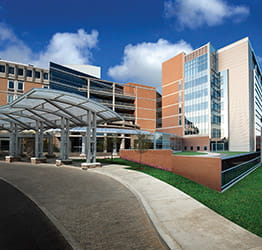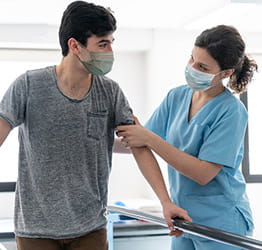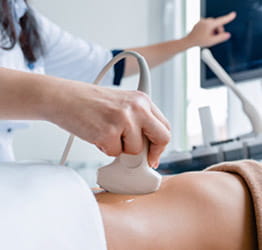What Is Fluoroscopy?
Fluoroscopy is a test that looks inside the body.
While a normal x-ray takes a static image, fluoroscopy uses a constant x-ray beam to produce moving images.
Fluoroscopy often involves a contrast agent, like a dye or barium, so the structures inside the body show up better.
Depending on what part of the body your doctor needs to see, you'll receive the contrast agent:
- By a shot or an IV.
- By mouth.
- As an enema.
- Injected into a fistula or ostomy.
Doctors often use fluoroscopy to diagnose problems in the digestive tractor in a joint like the shoulder, wrist, or knee.
What Are the Benefits of Fluoroscopy Exams?
The moving images of fluoroscopy give more details than the still images of an x-ray or MRI.
For instance, your doctor can see how:
- Blood moves through the heart.
- Digestive waste moves through the intestine.
- A joint moves.
This makes it easier for doctors to diagnose a wide range of health problems.
You can often go home the same day. It usually doesn't require sedation.
How Do I Prep for My Fluoroscopy?
You may have to follow certain instructions two days before your fluoroscopy.
For instance, if your doctor wants to see the digestive tract, you may need to follow a liquid diet. Your doctor will give you the full details of what you should and shouldn't eat or drink.
But if your fluoroscopy is to study a joint, you'll need to do little to prepare.
You should let your doctor know if you are or may be pregnant. The radiation involved with fluoroscopy can be harmful to a fetus.
You should also tell your doctor about any allergies, in case you could react to a contrast agent.
Let your doctor know what medicines you take. They may ask you to briefly stop taking certain drugs that could affect the test.
If you have an insulin pump or glucose monitor, the readings can be affected by the radiation. Notify the tech before starting the exam if you have one. It is recommended that you remove the device if possible, if you cannot, monitor your readings closely to ensure they are accurate or replace with a new device after exam.
What to Expect During the Fluoroscopy Exam
When you arrive, you'll need to take off all jewelry and change into a hospital gown.
Your imaging tech may ask you to take a contrast agent by mouth, IV, shot, or enema.
Most fluoroscopy exams take 20 to 30 minutes. Exams such as enemas and SBFT (small bowl follow throughs) generally take at least an hour, if not longer. It is different for every person, depending on their anatomy.
Some exams require sedation. For instance, the doctor may need to put a catheter in a heart valve to look for a heart problem.
During the fluoroscopy exam, you'll either lie down on a table or stand. This depends on what part of your body the doctor wants to see.
The tech may ask you to move in a certain way or hold your breath. This lets them better see what's going on in the body.
After Your Fluoroscopy
If your test doesn't involve sedation, you can leave the hospital soon after the exam.
If you had a contrast agent, you may receive details on how to flush it out. For instance, you may need to drink more water.
Watch out for symptoms such as:
- Redness, pain, or swelling at an IV or injection site. This could suggest an infection.
- Hives, itchy skin, or nausea. This could suggest an infection or allergic reaction.
If you have any symptoms you're concerned about, call your doctor right away.
Your test results
Once your doctor reviews the results, they'll call you or schedule an in-person visit to discuss them.
You can also view your test results at your free UPMC patient portal account.
















